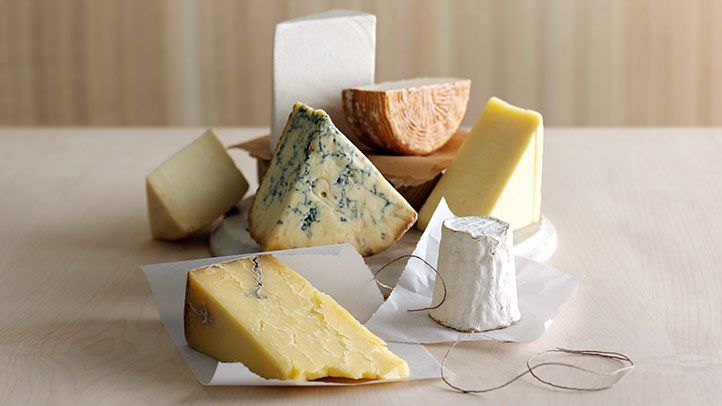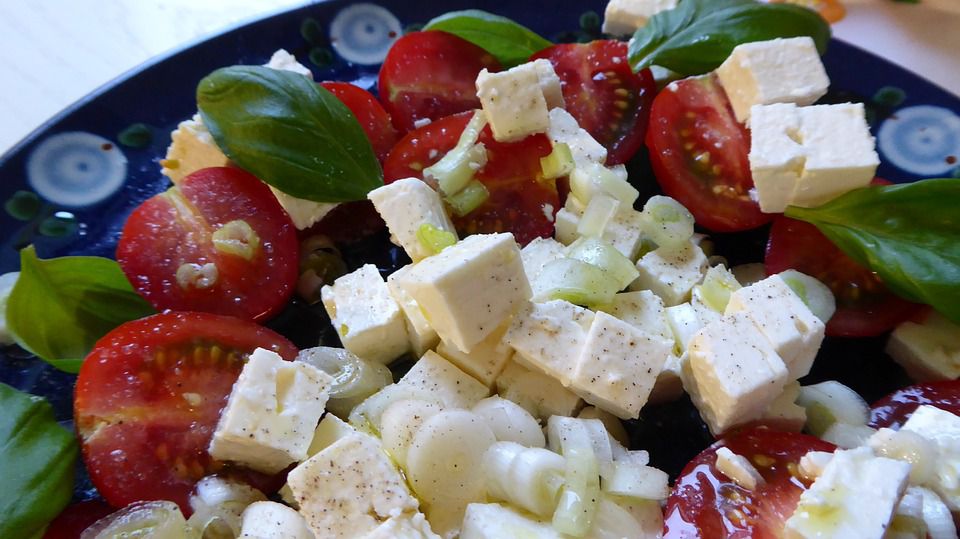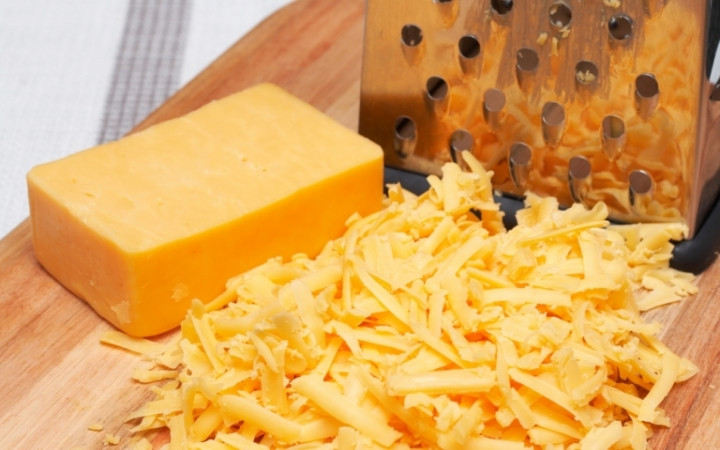Is Feta Cheese Keto Friendly? How Many Carbs Does It Has?

Cheese is one of the most popular foods to incorporate into the keto diet with its high-fat content. However, not all cheeses are made equal. As a result, the issue arises: is feta cheese keto-friendly? Here is what I discovered during my investigation.
Feta cheese is keto-friendly, including 1.2 grams of carbohydrates, 4 grams of protein, and 6 grams of fat per 1-ounce serving. Combine it with other low-carb components such as leafy greens and vegetables like asparagus, cauliflower, or Brussels sprouts.
However, you might be wondering how much feta can be included in your keto diet. Don’t worry, I’ll clear up any misunderstandings. Aside from that, there is a slew of other cheeses that are keto-friendly I’ll also go through all of the healthy cheese options. You’ll also want to know if it matters that your feta is made of sheep’s milk or cow’s milk!
So, to find out the answers to all of these questions, keep reading.
What is the carbohydrate content of feta cheese?
Feta cheese includes 1.2 grams of carbohydrates, 4 grams of protein, and 6 grams of fat per 1-ounce serving, making it keto-friendly. Let’s take a look at what the keto diet comprises of first to see why feta is a good fit.
The keto diet comes in several flavors, each with its own suggested fat-to-carb-to-protein ratio.
Type of keto diet with corresponding allowed net daily carbs
- SKD (Standard Keto Diet) 20-50 grams
- Targeted Keto Diet (TKD) 25-50 grams of fat per day
- CKD (Cyclical Keto Diet): 20-50 grams of carbs during the no-carb period
- HPKD (High-Protein Keto Diet) 20-50 grams
The keto diet comes in several flavors, each with its own suggested fat-to-carb-to-protein ratio.
Because the system is based on percentages the number of carbs permitted per day will change depending on how you balance it. As a result, the typical keto diet contains around 20-30 grams of net carbohydrates per day.
On a keto diet, which cheese is best?

Cheese is a popular component to include in most meals on the keto diet because it is a low-carb, high-fat diet.
On a diet, many people make cheese” “tortillas” and wraps by melting cheese in a frying pan and wrapping it over meat and veggies.
Most cheeses, to be honest, are keto-friendly. They are high in fat and low in carbohydrates, with a few exceptions that we’ll discuss later. Here’s a rundown of some of the most popular keto cheeses. This is by no means a comprehensive list; many more options haven’t been included.
- Feta cheese of goat’s milk
- Cheddar blue
- Whipped cream
- Parmesan/Romano cheese is a hard cheese made with parmesan and romano cheese
- Cheddar, white
- Brie
- Gruyere
- Paneer is a type of cheese that comes from India (a staple in Indian cuisine)
- Halloumi is a type of cheese that comes from the Mediterranean (grilling cheese)
- Asiago
- Muenster
- Gouda
- Mozzarella
- Colby Jack
We have included a table to outline these cheeses and their macros per 1-ounce serving to make it convenient.
Type of Cheese Calories Fat Protein Net Carbs
Feta* 75 6 g 4 g 1.2 g
Blue 100 8.1 g 6.1 g 0.7 g
Cream* 102 10 g 1.8 g 1.6 g
Parmesan 111 7.3 g 10 g 0.9 g
Brie 95 7.8 g 5.9 g 0.1 g
Gruyere 446 35 g 32 g 0.4 g
White cheddar 115 9.4 g 6.5 g 0.9 g
Halloumi 85 6.3 g 6.3 g 0.6 g
Paneer 83 7.1 g 4 g 0.8 g
Asiago 111 7.3 g 10 g 0.9 g
Muenster 104 8.5 g 6.6 g 0.3 g
Gouda 101 7.8 g 7.1 g 0.6 g
Mozzarella 85 6.3 g 6.3 g 0.6 g
Colby Jack 109 8.8 g 6.8 g 0.5 g
Swiss* 108 7.9 g 7.6 g 1.5 g
Is the carb content of sheep and cow feta the same?
Feta isn’t all the same. Feta is traditionally prepared with sheep’s milk, with some goat’s milk thrown in for good measure (up to 30 percent). Greece, France, Bulgaria, and Israel all contributed to these variations.
In America, however, you can find various cow’s milk feta cheese varieties. However, some would not consider this to be actual feta cheese. It doesn’t have the same sharpness as regular feta.
They are not only in terms of taste but also in terms of macronutrients. Cow’s milk has a more significant fat and protein content, which means a 1-ounce serving of Feta made from cow’s milk has more calories. When it comes to carbs, though, the two are incredibly similar.
Refer to the graphic below for a side-by-side comparison. Remember this. These are the macros for a 1-ounce serving of cow’s milk feta sheep or goat’s milk feta.
- Calories 90 to 75
- Fat 7 g to 6 g
- Protein 6 g to 4 g
- Net Carbs 1 g to 1.2 g
Is it possible to consume too much cheese on a keto diet?

While adding cheese to your keto diet might help you raise your fat intake while lowering your carb intake, you should be aware that some cheeses are pretty high in calories.
When you’re in a calorie deficit, you lose weight. This means that the quantity of calories you consume each day is lower than the number you expend.
However, if you consume too many cheeses in your diet, it is easy to exceed your calorie allowance. If you don’t pair it with other nutritious components, it can become unhealthy. Plan up your meals and think about how you may pair your cheese selections with them.
Try your mozzarella Caprese style, with tomatoes, basil, and balsamic vinegar on top if you’re on a cyclical keto diet. Furthermore, according to a recent report, this is only a cyclical diet option because tomatoes and balsamic vinegar are both somewhat higher in carbs.
If you go to a Mexican restaurant, skip the tortillas, rice, beans, and chips and focus on the vegetables, meat, and cheese instead.
What kind of cheese isn’t suitable for a keto diet?

Of course, not every type of cheese is the same. When it comes to keto, there are a few categories to stay away from. Some have a more excellent carbohydrate content, and others must be avoided due to their poor quality.
Ricotta Cheese has a higher carb content per serving, which is 0.5 cups, significantly more significant than the typical 1-ounce amount of most cheeses. Furthermore, each dish may contain 5-6 grams of net carbohydrates.
Cottage cheese should also be avoided because of the same reason. Although it has fewer carbohydrates than ricotta, a 0.5 cup portion contains roughly 4 grams of net carbs.

Yellow Cheddar Cheese: The macros are the same as white cheddar, making it a keto-friendly cheese. Most yellow cheddars, on the other hand, have colors added to them, such as annatto.
The macros in American cheese fit within the keto diet when consumed in moderation. On the other hand, quality is lacking, and furthermore, the majority of American cheese is heavily processed.
Canned or Spray Cheese: The macros are the same as American cheese, but it has been heavily changed.
Velveeta: another highly modified cheese with a higher carbohydrate content.
As you can see, macros aren’t the only thing to consider. When you’re trying to switch to a healthy lifestyle, you need to pay attention to the quality of the food you’re putting into your body.
So, did I answer all of your questions about feta’s keto-friendliness?
While this isn’t a comprehensive list of keto-friendly cheeses, I hope it answers all of your questions about feta cheese’s keto-friendliness.
Feta is an acceptable component in keto since it allows you to eat your favorite fatty dishes. Combine it with green and leafy vegetables, and serve in moderation.
Besides that, we talked about different types of cheese. Some have a higher carb content than others. Some of them, however, aren’t of the highest quality for a healthy lifestyle. In addition, I hope that this information will assist you in getting the most out of your keto diet.











